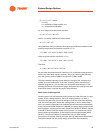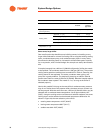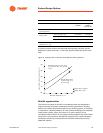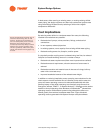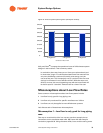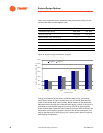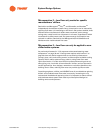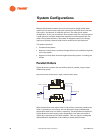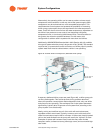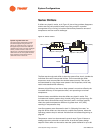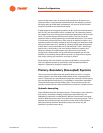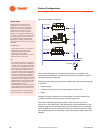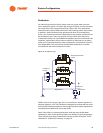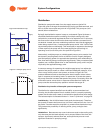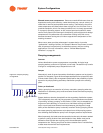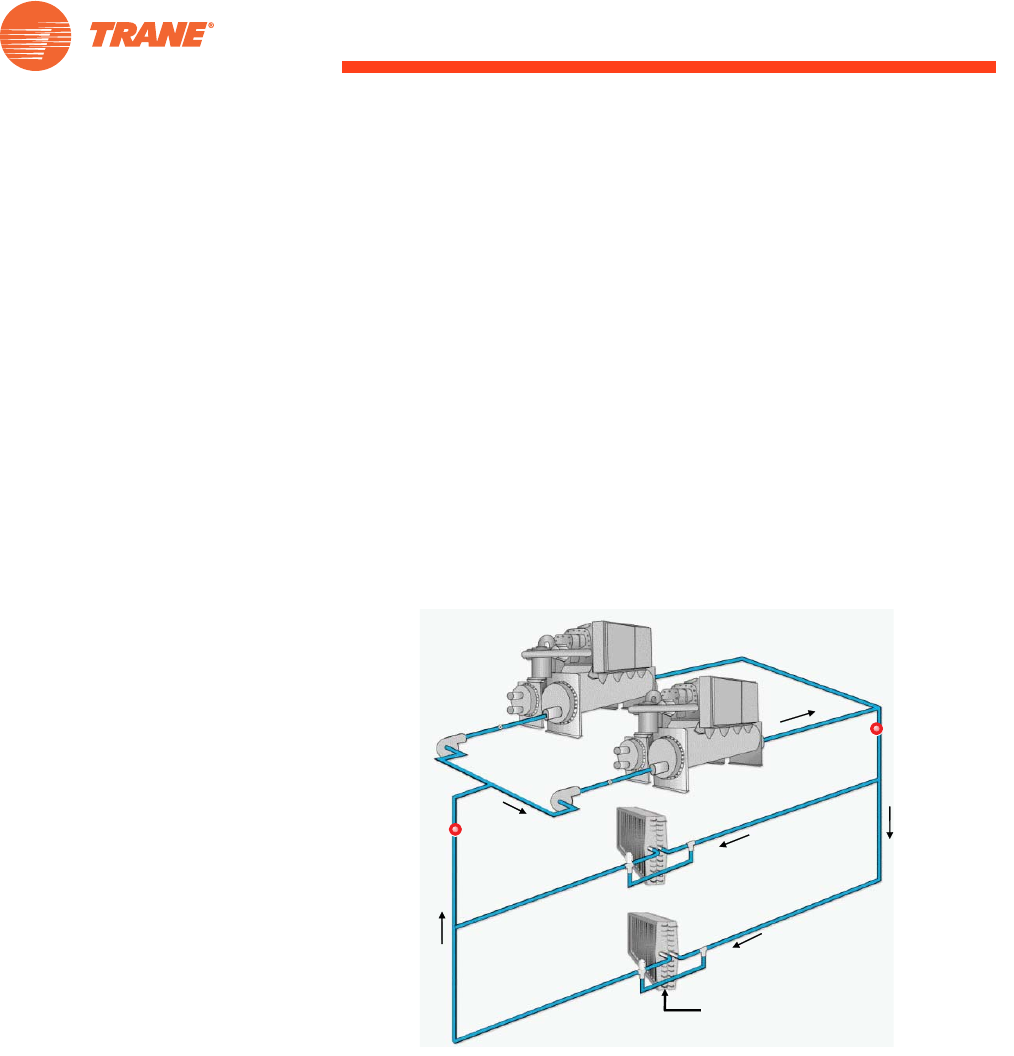
System Configurations
SYS-APM001-EN Chiller System Design and Control 43
Alternatively, the operating chiller can be reset to produce a lower supply
temperature at this condition. In this way, the mixed system supply-water
temperature may be maintained at a more acceptable temperature. This
complicates the control system and presents the possibility of increasing
chiller energy consumption due to the requirement for lower-temperature
water. There will also be a low limit to this water temperature, dependent on
the chiller’s low pressure cut-out control, low evaporator-refrigerant-
temperature limits, or low leaving chilled-water limits. The more chillers in
the system, the worse the problem becomes. For this reason, this
configuration is seldom used in systems with more than two chillers.
Additionally, ASHRAE/IESNA Standard 90.1–2007 (Section 6.5.4.2) prohibits
this type of system when the pump is larger than 10 hp [7.5 kW]. The standard
requires that, in systems that contain more than one chiller piped in parallel,
system water flow must be reduced when a chiller is not operating.
Figure 26. Parallel chillers with separate, dedicated chiller pumps
If separate, dedicated chiller pumps are used (Figure 26), a chiller–pump pair
can be cycled together. This solves the flow mixing problem described
above, but presents a new problem. Below 50-percent load, only one chiller
and one pump are operating. The total water flow in the system decreases
significantly, typically 60 to 70 percent of full system flow, according to the
pump–system curve relationship.
Ideally, at this part-load flow rate, all of the coils will receive less water,
regardless of their actual need. Typically, however, some coils receive full
water flow and others receive little or no water. In either case, heavily-loaded
coils or the loads farthest from the pump will usually be “starved” for flow.
Examples of spaces with constant heavy loads that may suffer include
computer rooms, conference rooms, photocopy rooms, and rooms with high
solar loads.
Off
On
42°F
[5.6°C]
54°F
[12.2°C]
Coil starved for flow
60% to 70% of
system flow



